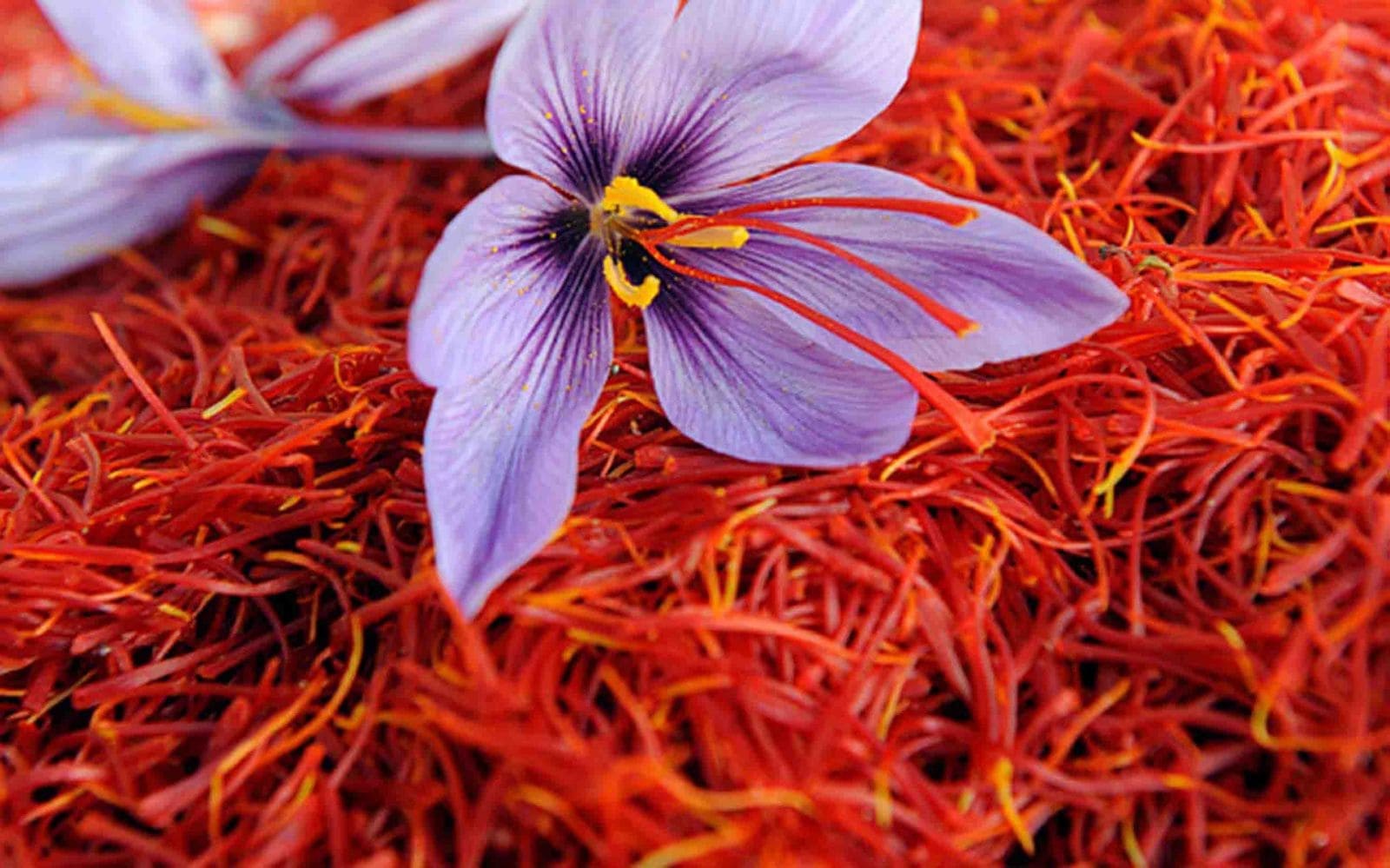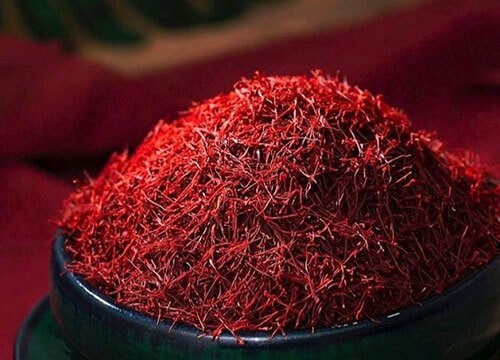The Truth Behind the High Price
Saffron is often dubbed the world’s most expensive spice. Known for its vibrant color, distinct flavor, and wide range of health benefits, saffron has become a symbol of luxury in the culinary world. But why is saffron so costly? In this article, we’ll dive deeper into the key reasons behind saffron’s high price and explore the factors that make this spice both rare and valuable.

The Labor-Intensive Harvesting Process
1. Hand-Picking Saffron Stigmas
Saffron’s expensive price starts with the harvesting process. Saffron comes from the Crocus sativus flower, and each flower only produces three delicate red stigmas, which are used to create the spice. The key factor here is that saffron must be harvested by hand. Harvesting the stigmas carefully is a time-consuming and labor-intensive process that demands a lot of skill and attention to detail. For every kilogram of saffron, it takes tens of thousands of flowers to be handpicked, which adds up to a significant labor cost.
Moreover, workers must be extremely careful during the harvest. The flowers bloom in the early morning and must be picked before the sun rises, as exposure to sunlight can affect the quality of the stigmas. This means workers must be out in the fields during the early hours, adding more labor and time to the overall process.
2. Short Harvesting Season
Another reason saffron is so expensive is the short harvesting season. Saffron flowers bloom only for a few weeks each year, typically during the fall. The limited window for harvesting means farmers only have a brief time to gather the flowers, making the supply of saffron quite limited. The timing of the harvest is crucial to ensuring the best quality, as flowers that bloom too early or too late will not yield the premium-grade saffron that is in high demand. Because the window for harvesting is so narrow, it drives up the price, as supply is restricted, and farmers must be quick to harvest during this brief period.
The Drying and Processing Stage
1. Careful Drying Process
Once the saffron stigmas are picked, they must be carefully dried to preserve their potent aroma, flavor, and color. The drying process is crucial, and it must be done under specific conditions to retain the spice’s high quality. Typically, saffron is dried using traditional methods like air-drying or using low heat, both of which require a great deal of attention and skill.
A poorly dried batch of saffron can lose its unique qualities, reducing its value significantly. The drying process also plays a role in preserving the valuable oils that give saffron its distinct flavor and health benefits. With such a careful and specific process in place, the cost of production increases. The attention required for each batch further justifies the high price tag of saffron.
2. Strict Quality Control
A strict grading system ensures the highest quality of saffron. The highest-quality saffron comes from the best flowers, with the most vibrant red stigmas. The grading process further increases the cost, as only a small portion of the harvest makes it to the top-tier categories.
Rising Global Demand for Saffron
1. Saffron in Cooking and Wellness
In recent years, there has been a growing demand for saffron not just in cooking but also in wellness and beauty products. As more people turn to natural remedies for health and wellness, saffron is becoming a sought-after ingredient in supplements, skincare, and other health-related products.
This rise in demand across multiple industries contributes to the increasing price of saffron. Consumers are not just looking for saffron for their cooking, but for its therapeutic benefits as well. As a result, saffron has become even more exclusive and valuable.
2. Saffron in Fine Dining
Another factor driving saffron’s high cost is its prominent role in fine dining.
Top chefs around the world use saffron in their kitchens to elevate the taste and presentation of their dishes. High-end restaurants often use saffron as a luxury ingredient to create an exclusive dining experience. As a result, saffron has become a symbol of luxury in the culinary world, and this status drives up its price.
The Economic Factors Behind Saffron’s Cost
1. Geographic Limitations
The largest producers of saffron are Iran, India (specifically Kashmir), and Spain. While other regions may cultivate saffron in small quantities, these countries control most of the global supply. Importing saffron from these regions often adds a layer of expense, making it even more costly for buyers.
2. Global Competition and Price Fluctuations
The global demand for saffron has grown significantly in recent years, driven by both its culinary uses and its health benefits. With the rise of international trade and export competition, saffron prices are subject to market fluctuations. However, despite these fluctuations, the high demand for premium-quality saffron keeps the price consistently high.






